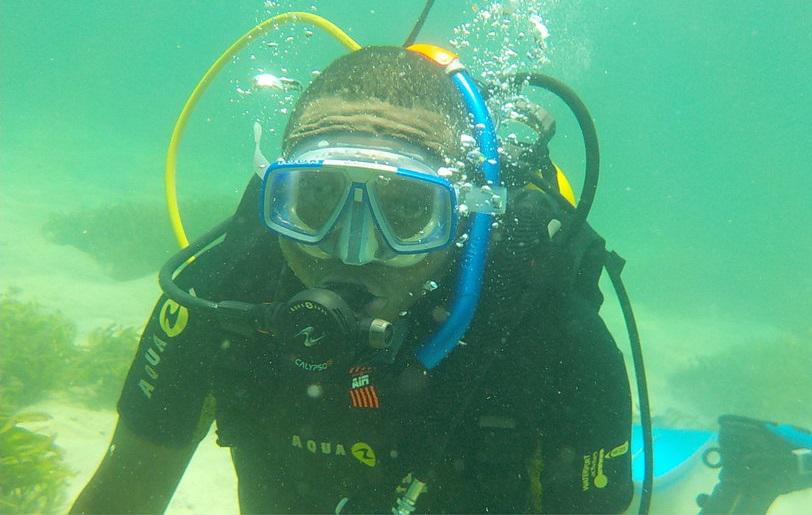Thomas Kalama Mkare
The aims of the project are to determine species richness, spatial distribution patterns and abundance trends of seahorses, at selected sites along the Kenyan coast. Data for the project will be obtained using a combination of questionnaires, field surveys and citizen science participation. By working closely with locals and conservation officials in the country we anticipate that results of the project would help guide formulation of conservation policies for the species in the country.

Seahorses represents one of the marine taxa associated with paucity of data along the entire east African coast. A total of four species were proposed to occur along the Kenyan marine waters more than a decade ago, with their majority currently listed as ‘vulnerable’ according to the International Union for Conservation of Nature (IUCN) Red list, with the status of the remaining others being largely unknown.
Since the publication of the initial report there has never been subsequent analyses on the species to understand some aspects of species ecology in the country. Recently, the marine waters of Kenya were identified as one of the ‘biodiversity hotspots’ where marine organisms would severely be impacted under the ongoing effects of climate change. Most of the seahorses documented for Kenya generally co-occur in estuaries and coastal waters where cases of habitat degradation are frequently reported. Coupled with seahorses being associated with limited migration abilities between habitats, and fragmented distribution patterns, seahorses therefore, represent one of the unfortunate organisms likely to be heavily impacted in the country.
Despite the alarming extinction threats facing seahorses in the country, limited work has been done thus far. The general lack of adequate baseline data for the species not only has it made establishment of conservation strategies for the species a challenge but has also made it difficult to predetermine how contemporary extinction threats might influence distribution and abundance trends of the species in the future.
The aims of the project are therefore, to determine species richness, spatial distribution patterns and abundance trends of seahorses, at selected sites along the Kenyan coast. Data for the project will be obtained using a combination of questionnaires, field surveys and citizen science participation. By working closely with locals and conservation officials right from the outset, we hypothesise that the results of the project would help guide formulation of conservation policies for the species in the country, thereby safeguarding the future availability of the species.